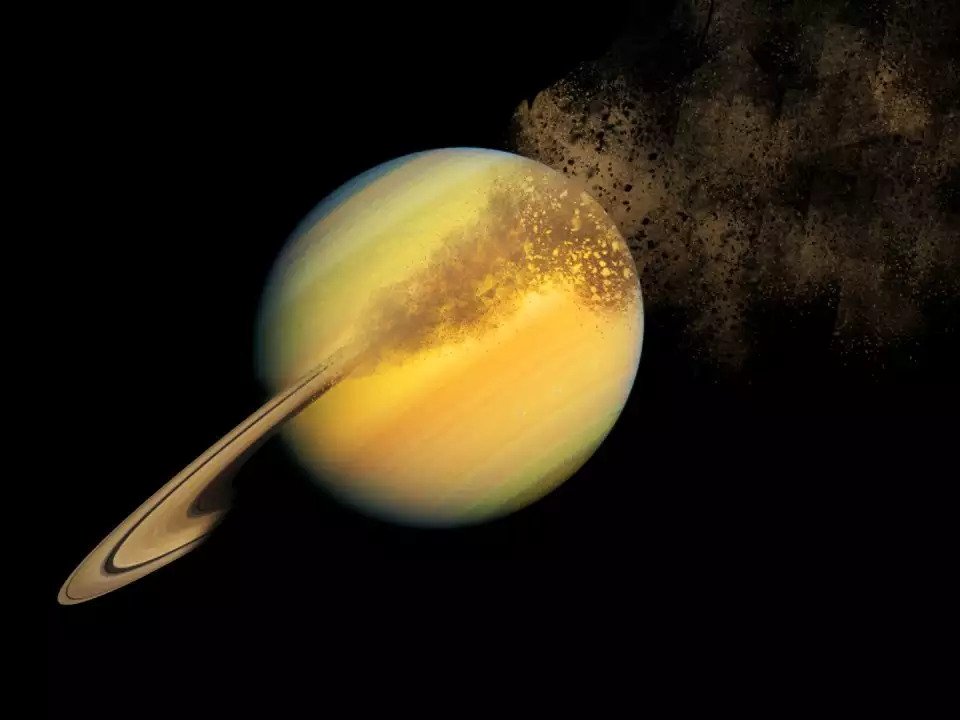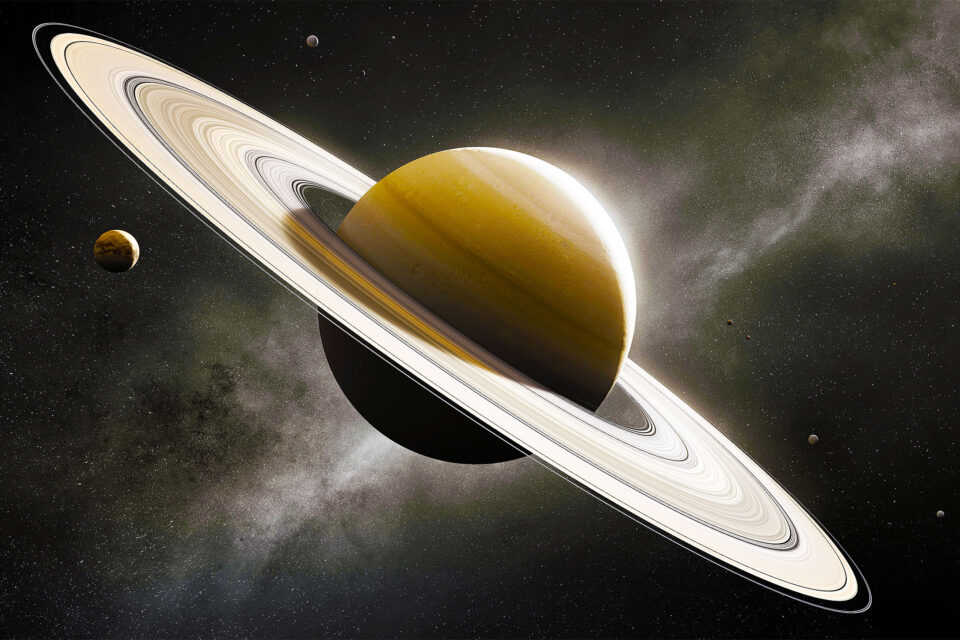Saturn's Rings Expected To Disappear In The Next 18 Months
Saturn's rings expected to disappear in the next 18 months as NASA sounds the alarm for a final glimpse of Saturn's majestic rings - those luminous and iconic features that adorned our solar system's sixth planet.
Author:Hajra ShannonReviewer:Paula M. GrahamNov 10, 2023521 Shares23.6K Views

Saturn's rings expected to disappear in the next 18 monthsas NASA sounds the alarm for a final glimpse of Saturn's majestic rings - those luminous and iconic features that adorned our solar system's sixth planet. These colossal rings, composed of ice and rock fragments enveloped in a delicate veil of materials like dust, are poised to vanish from our terrestrial vantage point. Observers armed with modest telescopes have long marveled at this spectacle, but the sands of time are swiftly running out.
While the complete dissipation of the rings is projected to occur in the distant future, a data trove from NASA in 2017 indicated a staggering estimate of 100 million years before their ultimate disappearance. So, yes, the term "soon" takes on a cosmic scale, but by 2025, Saturn's rings, those ethereal wonders that have enthralled generations, will bid farewell to our nightly skies.
Around the year 2025, a noteworthy celestial event is set to unfold, altering our perspective of Saturn's majestic rings. According to information from IFL Science, on March 23, 2025, the Earth's tilt in its orbit is predicted to reach zero. This unique alignment, occurring every 13.7 to 15.7 years, will position Saturn perfectly on its side for a brief period.
Due to this unusual tilt, Saturn's iconic rings, typically visible from Earth, will temporarily disappear from view. Despite the planet being approximately 746 million miles away at its closest approach to Earth, this specific alignment obscures the rings. IFL Science has already provided the anticipated dates for the recurrence of this intriguing phenomenon.
“The next event following 2025 will be a triple one again: October 15, 2038, and then April 1, and July 9, 2039," it said.
Following their temporary disappearance in the upcoming event, the renowned rings of Saturn won't be fully visible again until the year 2032. Presently, the angle of Saturn's rings is inclined downward toward our planet at a nine-degree angle. However, by the next year, this tilt is expected to diminish to a mere 3.7 degrees.
This disappearing act has not occurred since September 2009, and prior to that, it was last observed in February 1996. The upcoming shift in the tilt of Saturn's rings promises a captivating celestial spectacle, marking a rare occurrence in our astronomical calendar.
Saturn's remarkable ring system spans an extensive distance of up to 175,000 miles from the planet, yet its vertical height is relatively modest, measuring only about 30 feet. While lacking particularly imaginative names, NASA designates the primary rings as A, B, and C, with the fainter rings labeled D, E, F, and G. Adding a touch of whimsy to the nomenclature, there is one exception with the name Phoebe, providing a bit of fun amidst the more conventional designations.
Saturn's rings play a crucial role in deflecting sunlight away from the planet, serving as a protective barrier. The eventual loss of these rings could result in a significant impact, potentially causing a temperature rise of up to 30 degrees Celsius on Saturn. This increase is attributed to the planet receiving a greater amount of direct sunlight without the reflective shield provided by the rings.
Furthermore, the rings contribute to the maintenance of Saturn's atmosphere, and their loss is expected to have a profound and drastic effect on the planetary conditions. While the consequences of a 30-degree Celsius temperature increase would be catastrophic for Earth and its inhabitants, the fortunate absence of human settlement on Saturn alleviates such concerns.
Conclusion
Given that Saturn is a gas giant and currently uninhabited (to our knowledge), the likelihood of anyone considering it a suitable home in the next 100 million years seems improbable. The intricate interplay of Saturn's rings with its atmospheric and thermal dynamics underscores the delicate balance of celestial forces in our solar system.
Jump to

Hajra Shannon
Author

Paula M. Graham
Reviewer
Latest Articles
Popular Articles
